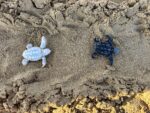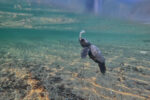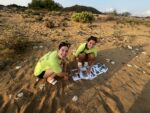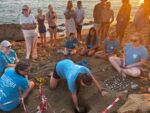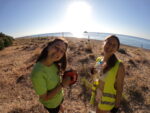Our Latest News- October 19, 2025
Argostoli Field Station
As the end of the season approaches, we have had an exciting few weeks here at the Argostoli Field Station. Between helping hatchlings safely to sea and recording data on our adult loggerhead turtles, our volunteers have been really busy on their shifts.
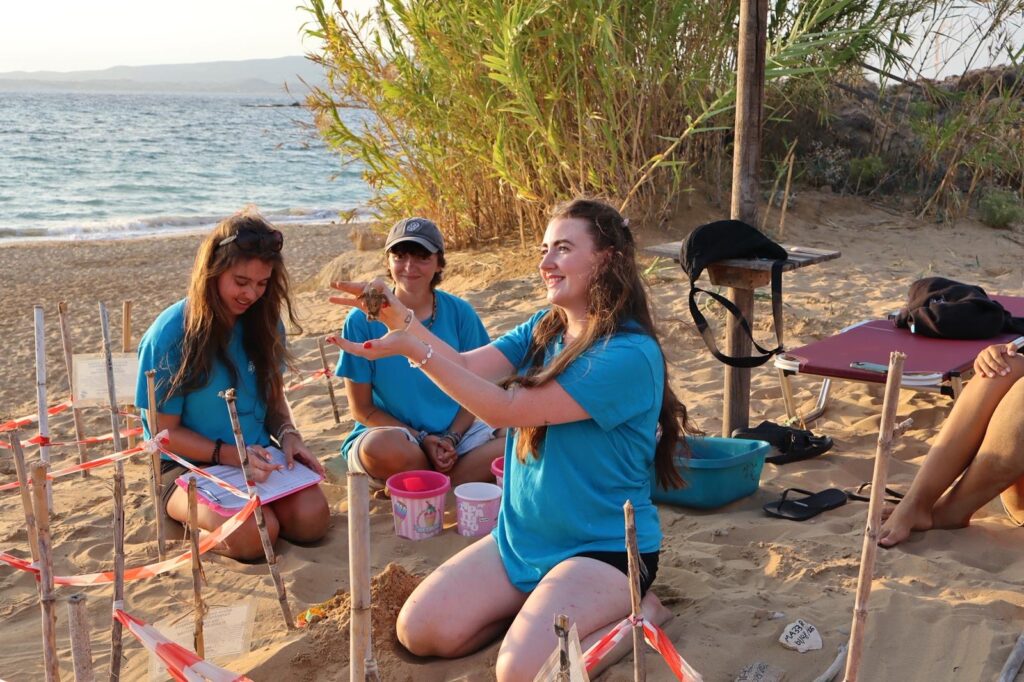
This week, we resumed collecting data for our Capture-Mark-Recapture (CMR) project. During these shifts,we record both newly observed turtles and previously observed turtles. We also collect several measurements to assess the growth rates of known individuals and tag any turtles that we haven’t previously recorded. During our CMR shifts this week, we managed to capture many loggerhead turtles, both tagged and untagged. Excitedly, we also captured an untagged green sea turtle. Our CMR shifts also give us an opportunity to record any new or old injuries the turtles may have. During this week’s shifts, we recorded several injuries, the most common being propeller strikes.
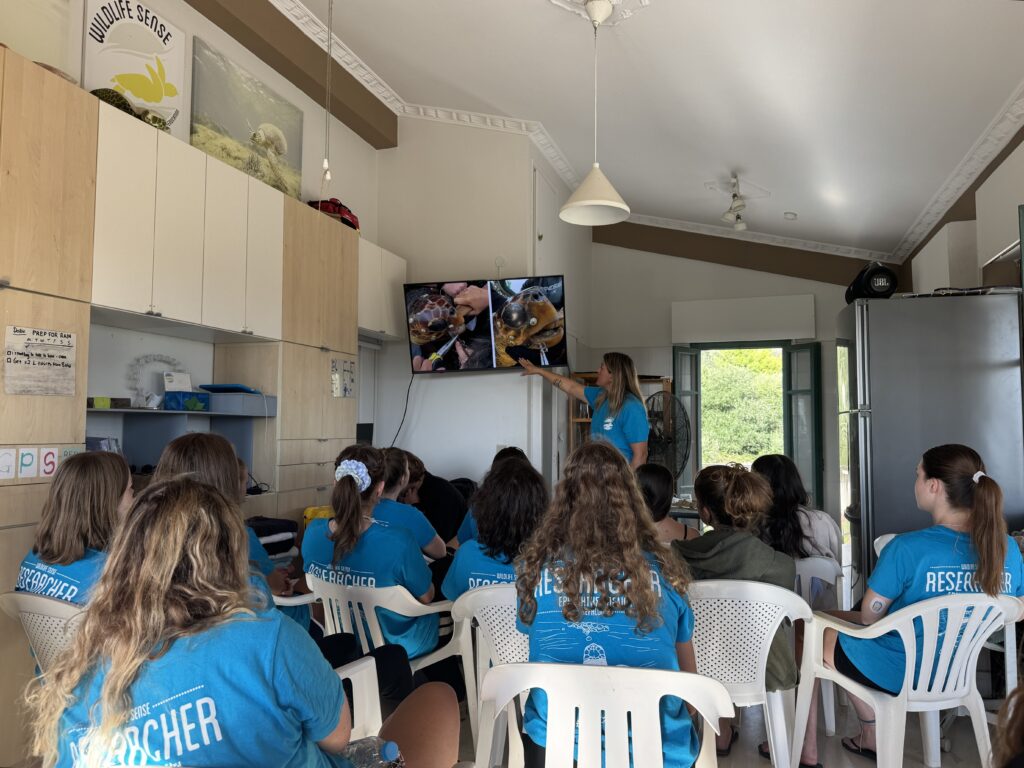
During a recent CMR shift, we captured a female loggerhead turtle who had ingested a thick monofilament fishing line. The turtle was taken to the veterinarian, Spiridoula Vavasi, where an X-ray showed a large hook present. With further discussion from ARCHELON, the veterinarian will operate so the hook may be removed. We hope that she will make a full recovery and will be released in the near future.
Our volunteers have also been working hard on their beach profile and beach clean shifts. These shifts are super important for several reasons. Beach profile helps us to monitor and assess any changes to our nesting beaches. This is extremely helpful, especially during the late season when stormy conditions can dramatically change the dynamics of the beaches. We’ve also had many successful beach clean shifts around the Argostoli area in recent weeks, meaning less debris flows back into the sea, resulting in a cleaner marine environment.

Over the final two weeks of the 2025 season, we will collect more data for our Capture-Mark-Recapture (CMR) project and continue to monitor our remaining protected nests.
Svoronata Field Station
This week, we welcomed our final group of the season! Even though the weather has been slightly on the wet side, that hasn’t stopped them from being enthusiastic and ready to get outdoors.

On a snorkel survey, the volunteers witnessed flamingos flying overhead and going to land to rest for the evening. During other snorkel surveys, they also saw an eagle ray, a starfish, an octopus, and a loggerhead turtle. This shows the huge range of sea life you can potentially see and how important it is to protect the ecosystems.
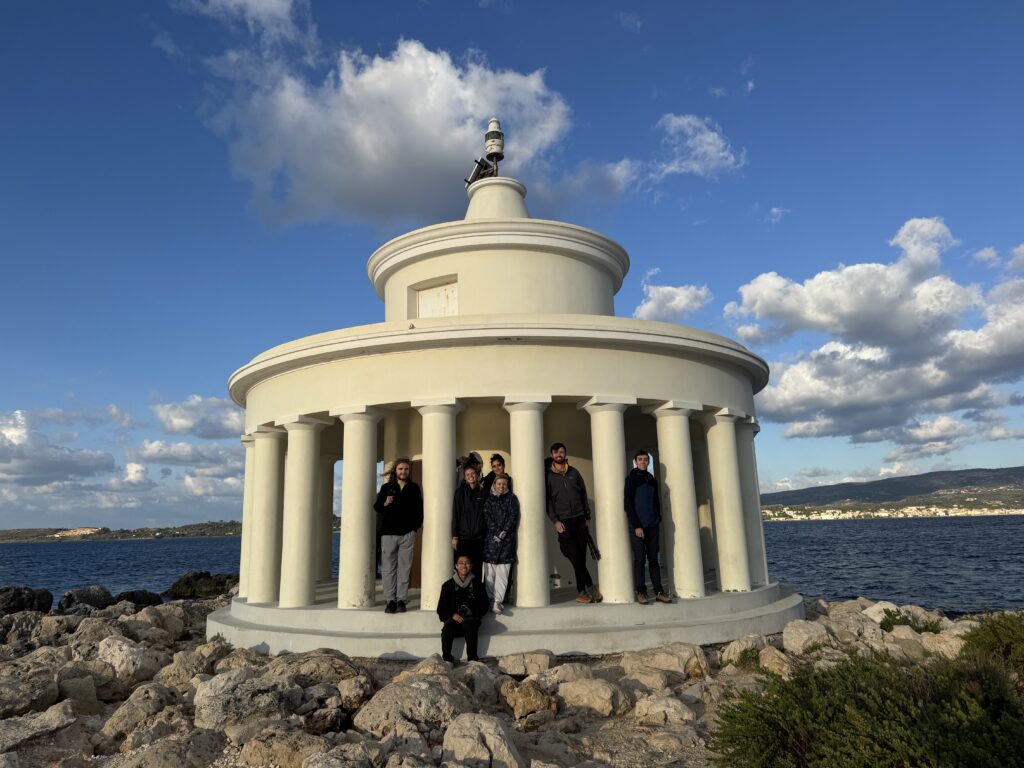
The volunteers have also been completing their sand dune shifts on Saint Nick’s. The data they have been collecting and the plants they have been identifying are critical for protecting future dune systems and helping pass policies. They have also been able to identify a species of plant that wasn’t seen earlier in the season.
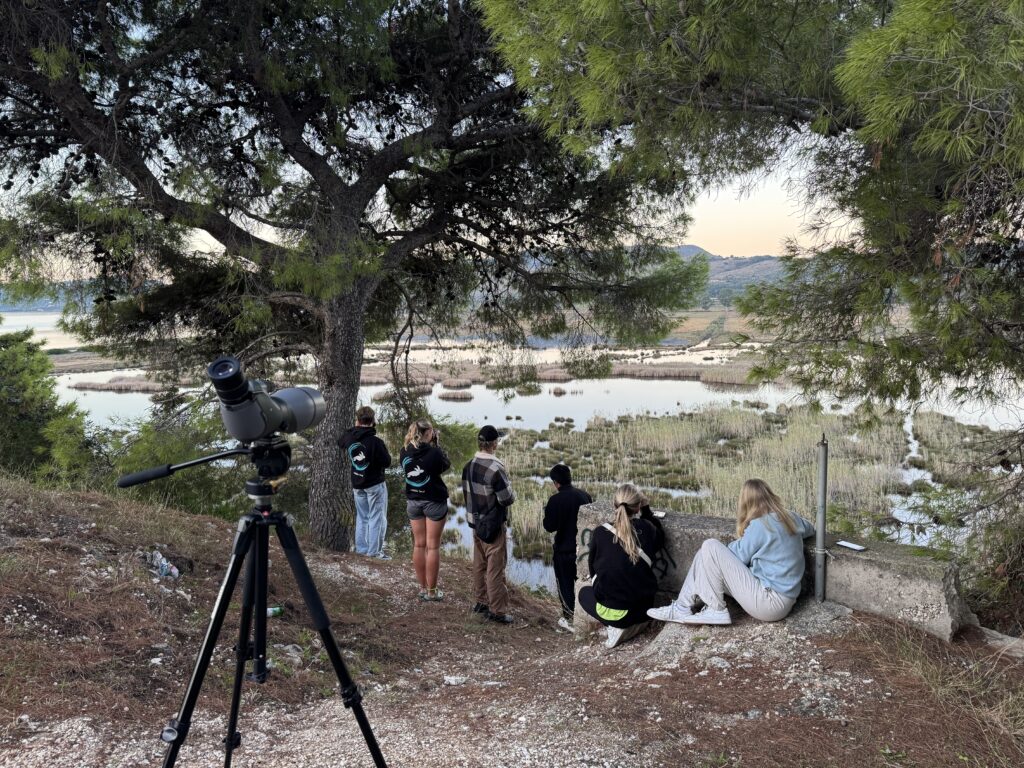
Since tourist season has died down, we’ve also been able to notice a difference in the light pollution on the island. With fewer beach bars, vending machines, and spotlights on the beaches. It means most of the brightest lights have been street lamps. This change is important to note when collecting data, as we can see how the pollution changes throughout the year and how it affects the loggerhead turtles and other organisms.



